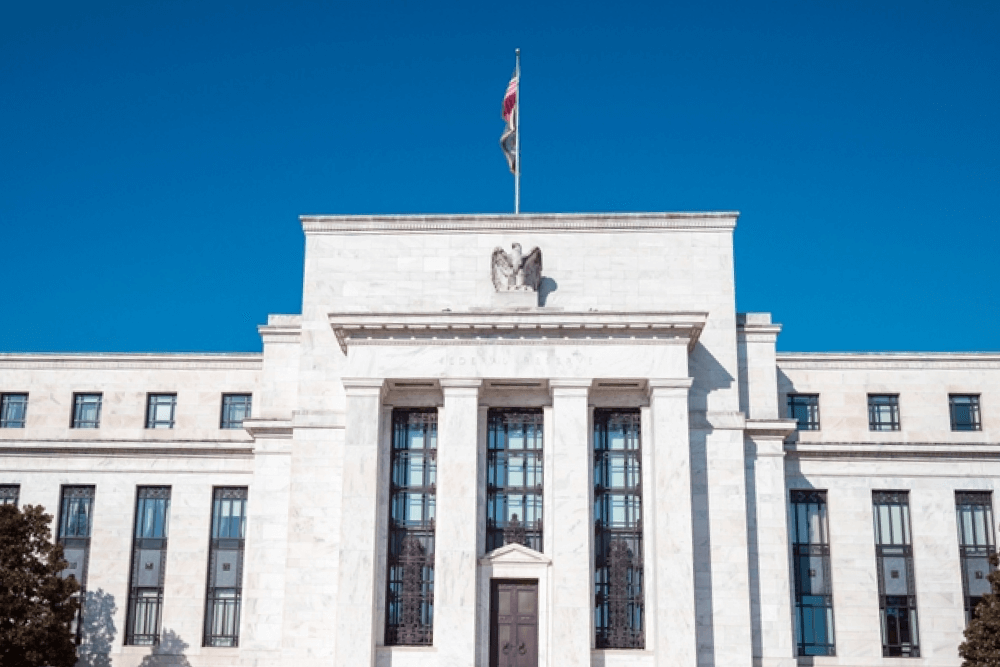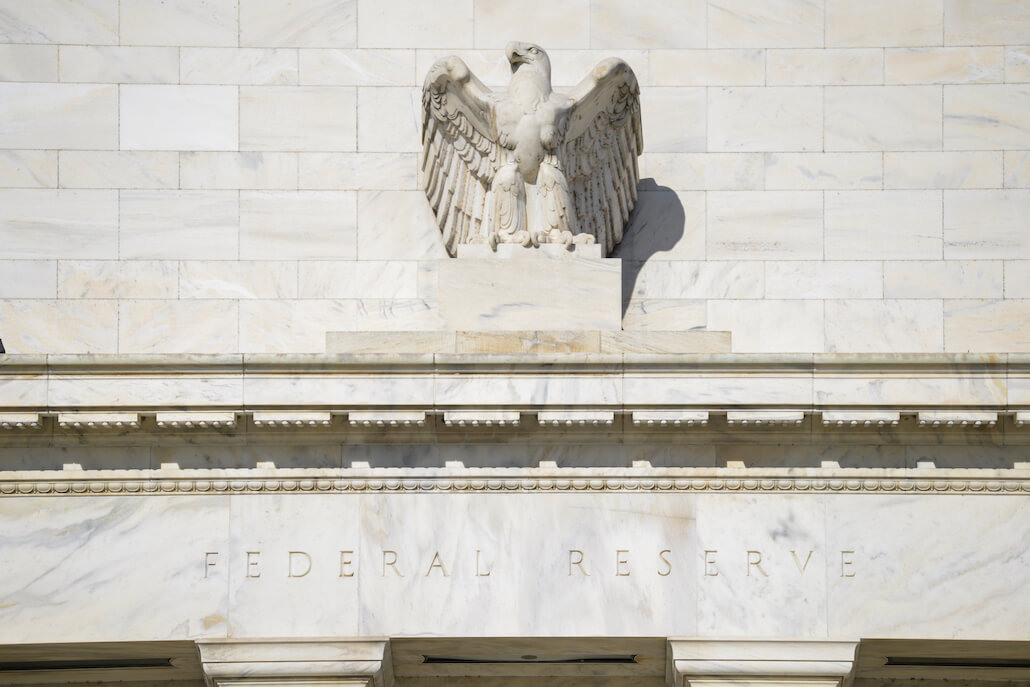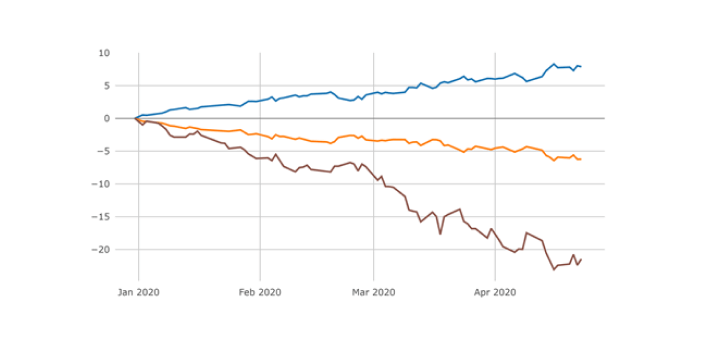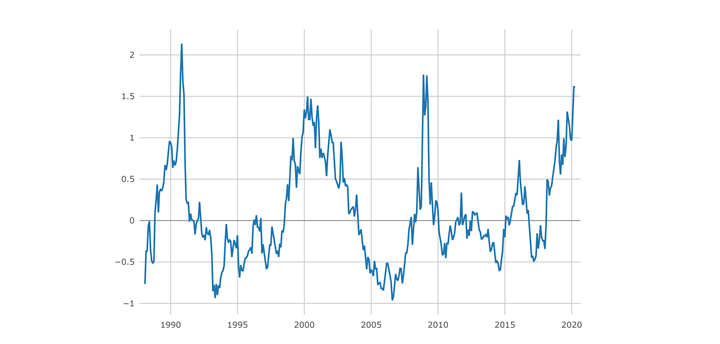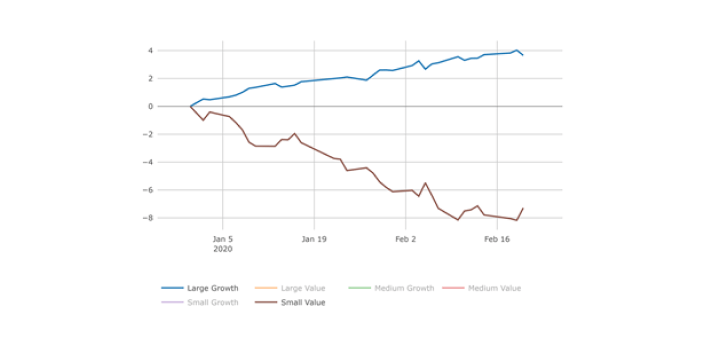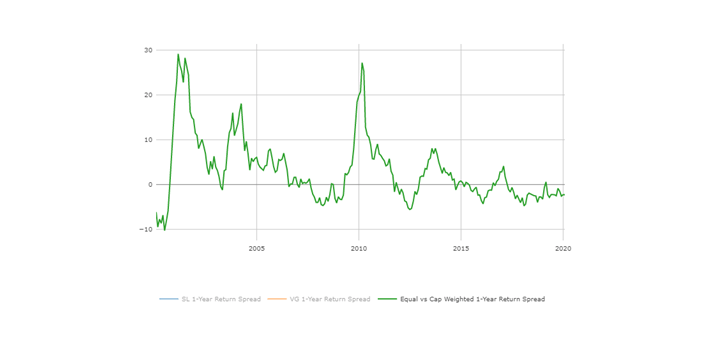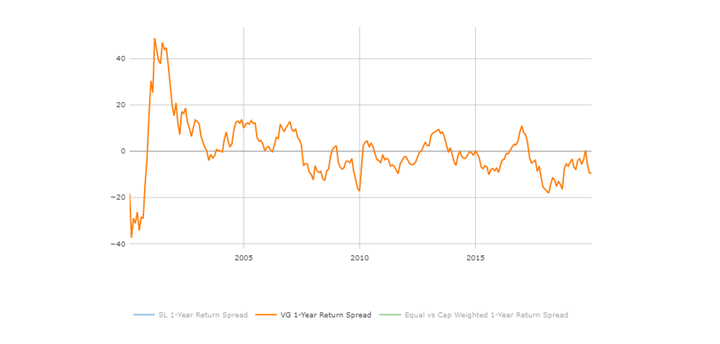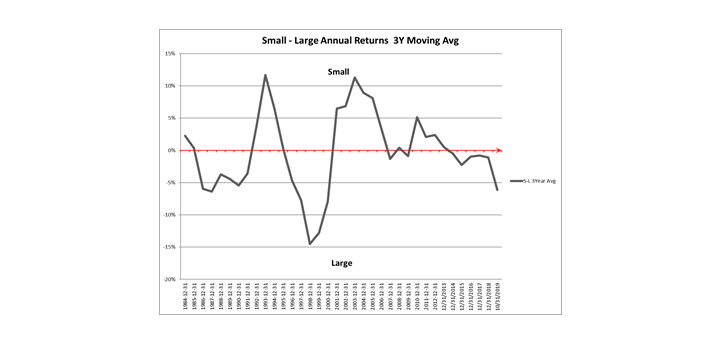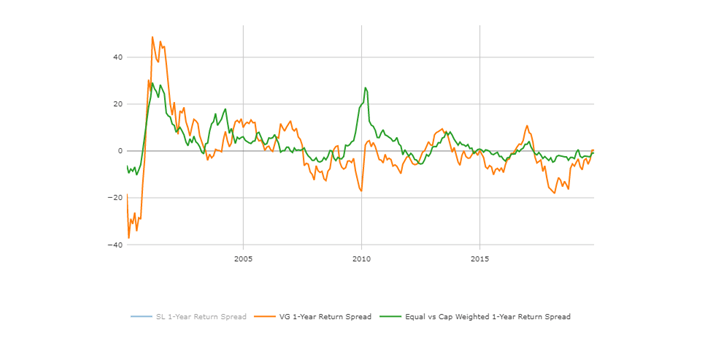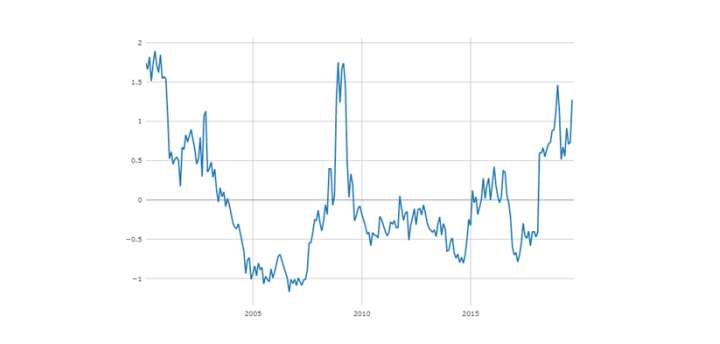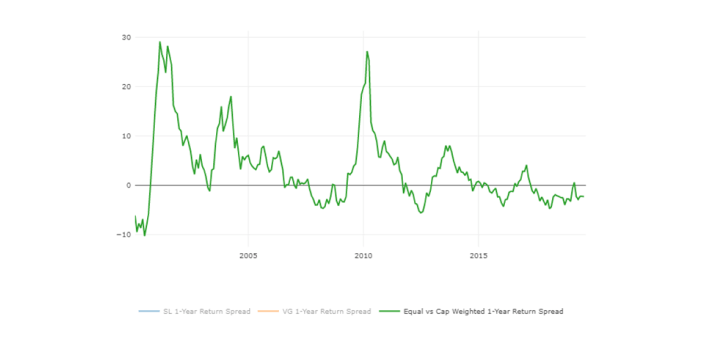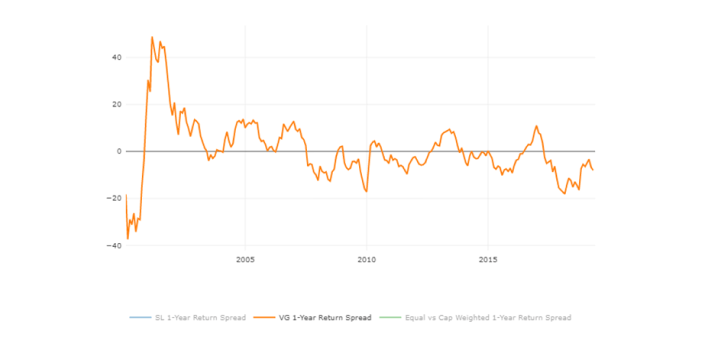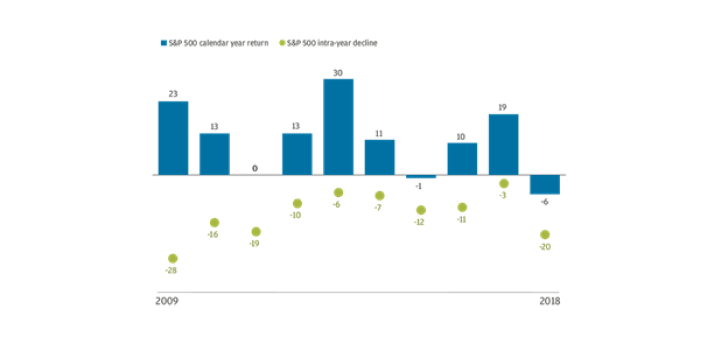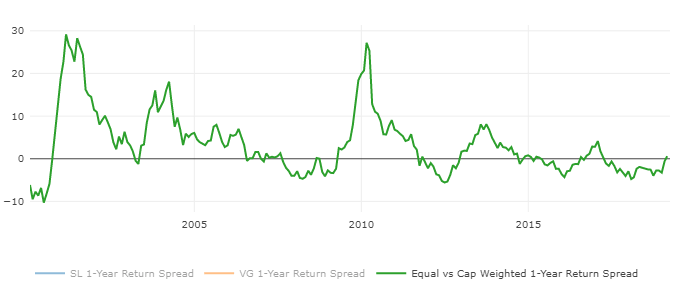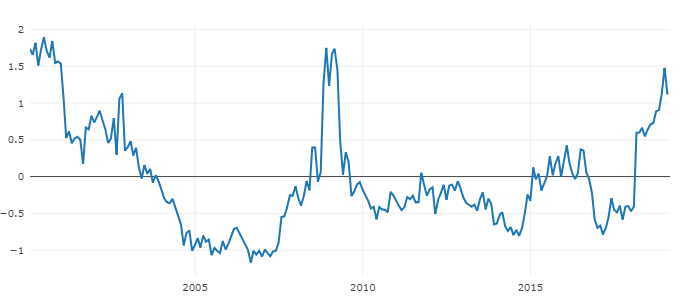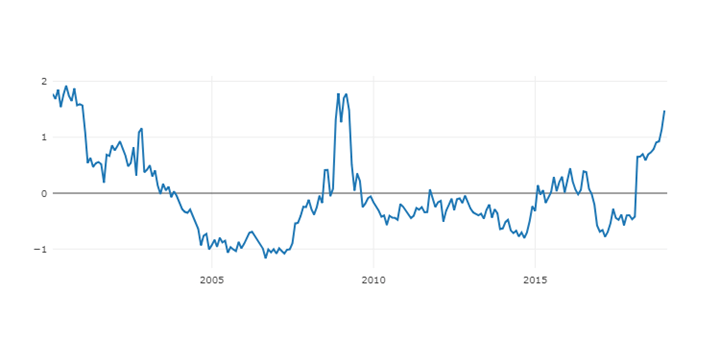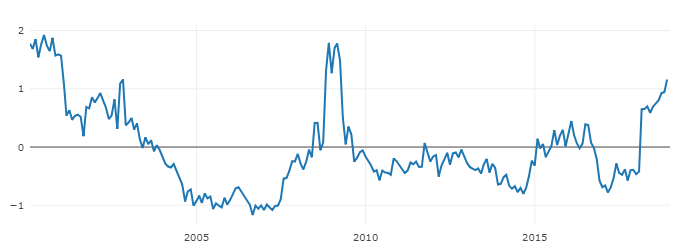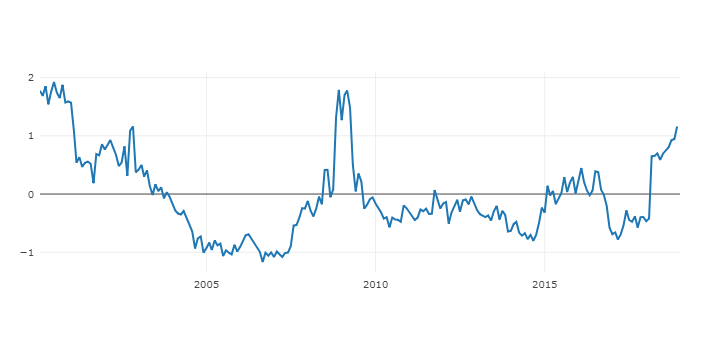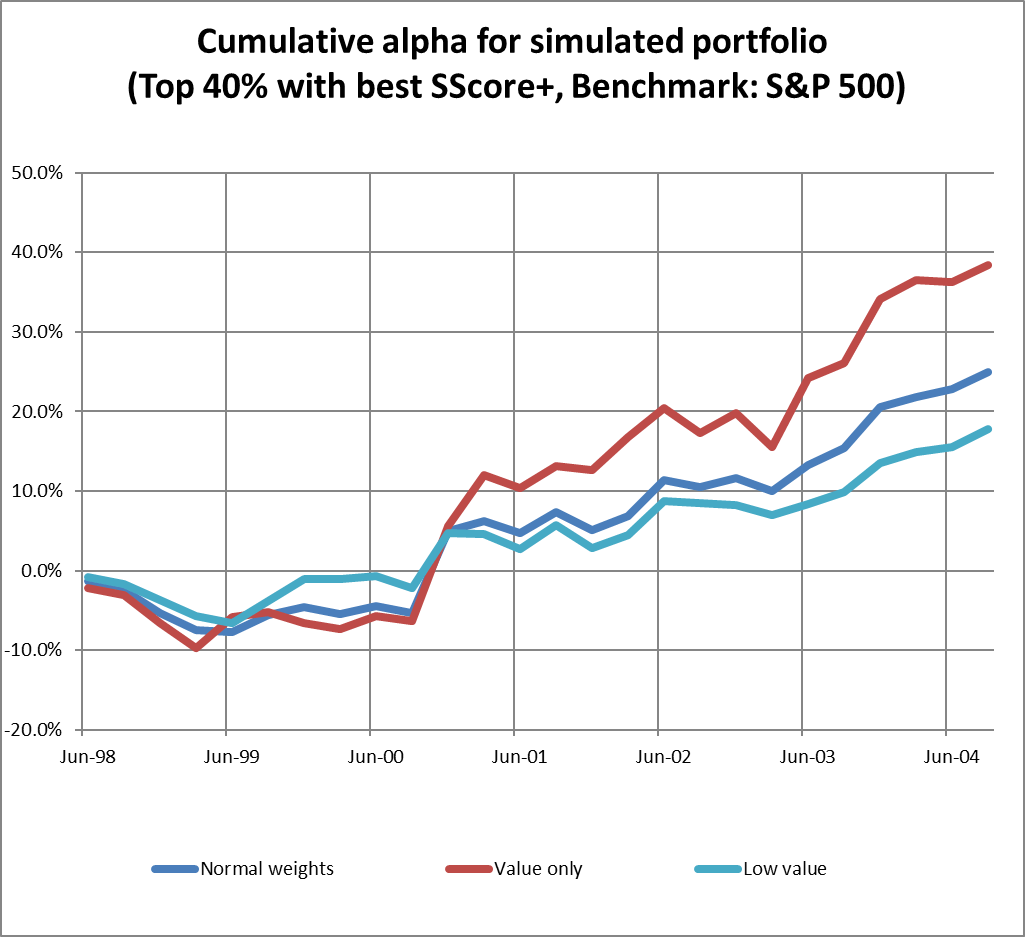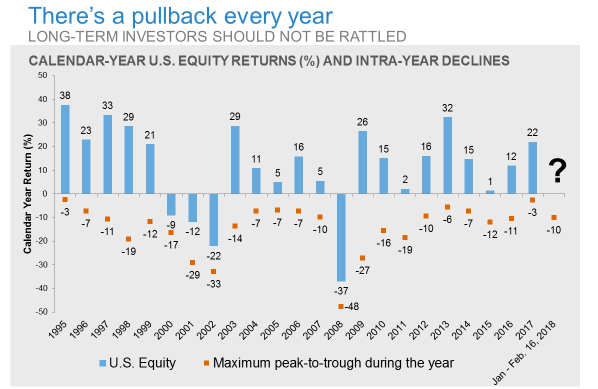Wild Ride
Markets continue to charge ahead in 2019, erasing a nearly 20% decline during the 4th quarter 2018. Since markets peaked in late-September, the S&P 500 now has a slightly positive total return. We congratulate our clients who stayed invested throughout this volatile period. It’s been said that investing is simple but not easy. This is certainly applicable now. Volatility can bring out the worst of human emotions. It’s times like these where having a trusted advisor to help keep you on track can add tremendous value.
US Economics
The US Economy grew at a whopping 3.2% in the first quarter of 2019. The Commerce Department highlighted growth in exports, a decline in imports and higher inventory investment that helped offset weaker growth in consumer spending and business investment. Favorable recent trends in borrowing costs (including mortgage rates) provide support for the consumer and housing markets in the coming months, while data on industrial production and factory usage suggest that activity on the business front will hold up well, too. We feel pretty good about the implications of the strong domestic economy for the corporate profits and inherently for the stock market. Despite major headwinds coming from overseas, we think things should stabilize there as well.
Global Economics
According to JP Morgan, a string of stronger-than-expected activity readings is raising global GDP growth estimates for the start of the year. More importantly they show momentum building into the current quarter and conviction is building that a synchronized recovery in global growth will take hold later this year. A higher 1Q19 global GDP forecast comes from stronger-than-expected gains in China and in the US. The most encouraging element in recent news is confirmation that sharp contractions in China’s trade and European industry at the end of last year did not portend a slide into recession.
Low Inflation
The current inflation shortfall does not reflect hidden slack, but largely forces mostly divorced from the business cycle. According to Goldman Sachs the inflation shortfall relative to the 2006-2007 period of full employment is concentrated in the financial, shelter and especially health care services categories, and largely reflects sector-specific factors. They expect core inflation to bounce above 2% early next year and to rise further to 2.2% by end-2020. With inflation unlikely to rise substantially above 2% this year, the Fed will likely remain firmly on hold this year. On the other hand, the expected gradual rise above 2% next year supports their view that the next move in the funds rate is significantly more likely to be a hike than a cut.
Corporate Earnings and Stock Market
The earnings season has just started but results so far are pretty encouraging with 83% of companies exceed expectations in our portfolios. Financials are having a strong earnings season– especially in the areas of Consumer Finance. That is a positive sign for the broader economy as well. Recent consumption has been weak but many economists attribute that to the government shutdown and expect it to reverse in the second quarter. Across many cyclical sectors earnings look strong. Solid earnings and positive guidance from Industrials, Information Technology and Materials suggests there is upside potential in the second half of this year.
The information and opinions included in this document are for background purposes only, are not intended to be full or complete, and should not be viewed as an indication of future results. The information sources used in this letter are: WSJ.com, Jeremy Siegel, PhD (Jeremysiegel.com), Goldman Sachs, JP Morgan, Empirical Research Partners, Value Line, Ned Davis Research, Citi research and Nuveen.
| IMPORTANT DISCLOSURE:
Past performance may not be indicative of future results. Different types of investments and investment strategies involve varying degrees of risk, and there can be no assurance that their future performance will be profitable, equal any corresponding indicated historical performance level(s), be suitable for your portfolio or individual situation, or prove successful. The statements made in this newsletter are, to the best of our ability and knowledge, accurate as of the date they were originally made. But due to various factors, including changing market conditions and/or applicable laws, the content may in the future no longer be reflective of current opinions or positions. Any forward-looking statements, information and opinions including descriptions of anticipated market changes and expectations of future activity contained in this newsletter are based upon reasonable estimates and assumptions. However, they are inherently uncertain and actual events or results may differ materially from those reflected in the newsletter. Nothing in this newsletter serves as the receipt of, or as a substitute for, personalized investment advice. Please remember to contact Signet Financial Management, LLC, if there are any changes in your personal or financial situation or investment objectives for the purpose of reviewing our previous recommendations and/or services. No portion of the newsletter content should be construed as legal, tax, or accounting advice. A copy of Signet Financial Management, LLC’s current written disclosure statements discussing our advisory services, fees, investment advisory personnel and operations are available upon request. |














